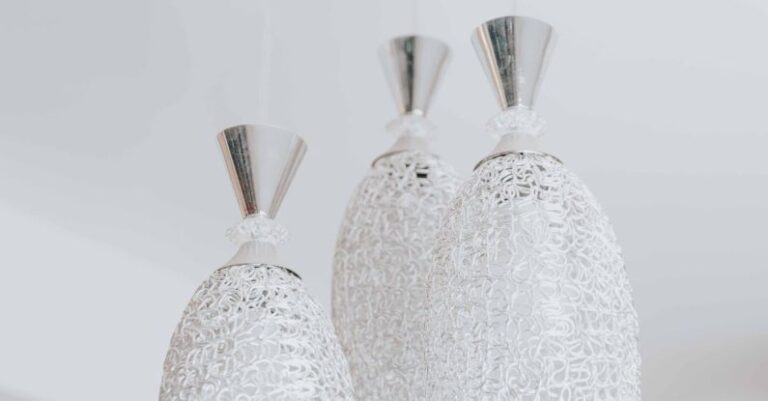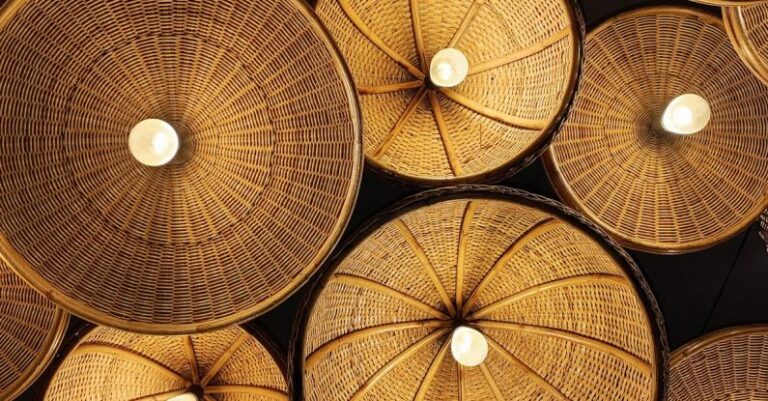
A well-lit kitchen is essential for creating a functional and inviting space in your home. Lighting plays a crucial role in setting the ambiance, enhancing the design, and ensuring that you can see clearly while cooking or preparing meals. When it comes to kitchen lighting, choosing the right bulbs is key to achieving the perfect balance of brightness and warmth. With a wide range of options available on the market, it can be overwhelming to decide which bulbs will best suit your kitchen. In this article, we will guide you through the process of selecting the right bulbs for your kitchen lighting needs.
Understanding Different Types of Bulbs
Before diving into the specifics of choosing bulbs for your kitchen, it’s important to understand the different types of bulbs available. The most common options include incandescent, halogen, fluorescent, and LED bulbs. Each type has its own set of characteristics, such as brightness, energy efficiency, and color temperature. By familiarizing yourself with these distinctions, you can make an informed decision that aligns with your preferences and requirements.
Consider the Color Temperature
One of the most critical factors to consider when choosing bulbs for your kitchen lighting is the color temperature. Color temperature is measured in Kelvin (K) and indicates the warmth or coolness of the light emitted by the bulb. In kitchens, it’s generally recommended to opt for bulbs with a color temperature between 2700K and 4000K, as this range provides a balance of warm and cool tones that are ideal for food preparation and cooking tasks.
Brightness Matters
The level of brightness, measured in lumens, is another crucial aspect to consider when selecting bulbs for your kitchen. The amount of light needed in your kitchen will depend on its size, layout, and the activities you typically engage in. For general ambient lighting, aim for bulbs with a brightness of around 800 to 1500 lumens. Task lighting, such as under-cabinet lighting or pendant lights over the island, may require bulbs with higher lumen outputs to ensure adequate illumination for specific areas.
Energy Efficiency and Longevity
In addition to choosing bulbs based on their color temperature and brightness, it’s essential to consider their energy efficiency and longevity. LED bulbs are known for their superior energy efficiency, consuming significantly less power than traditional incandescent bulbs. They also have a longer lifespan, which means you won’t have to replace them as frequently. While LED bulbs may have a higher upfront cost, their energy savings and durability make them a cost-effective choice in the long run.
Dimmable Options for Flexibility
If you want to have more control over the ambiance and mood in your kitchen, consider opting for dimmable bulbs. Dimmable LED bulbs allow you to adjust the brightness levels to suit different activities or times of the day. Whether you’re cooking a meal, entertaining guests, or simply relaxing with a cup of tea, dimmable bulbs offer flexibility and customization in your kitchen lighting scheme.
Choosing the Right Bulbs for Your Kitchen
When it comes to selecting the right bulbs for your kitchen lighting, there is no one-size-fits-all solution. Consider your kitchen’s layout, design aesthetic, and the activities you typically engage in to determine the most suitable options. By focusing on aspects such as color temperature, brightness, energy efficiency, and dimmable capabilities, you can create a well-lit and inviting space that meets your needs and enhances your culinary experience.
In conclusion, choosing the right bulbs for your kitchen lighting is a crucial decision that can significantly impact the functionality and ambiance of your space. By understanding the different types of bulbs available, considering factors such as color temperature and brightness, prioritizing energy efficiency and longevity, and exploring dimmable options, you can create a lighting scheme that elevates your kitchen to new heights. Take the time to assess your needs and preferences, and invest in quality bulbs that will enhance your cooking experience and make your kitchen a more enjoyable place to be.





